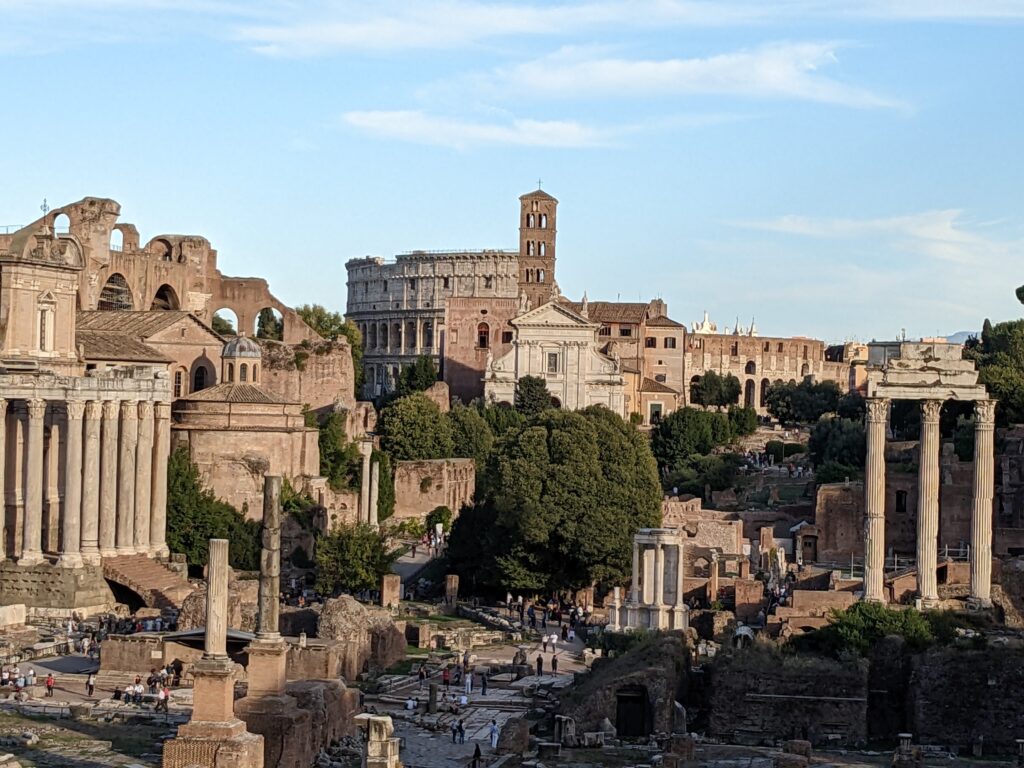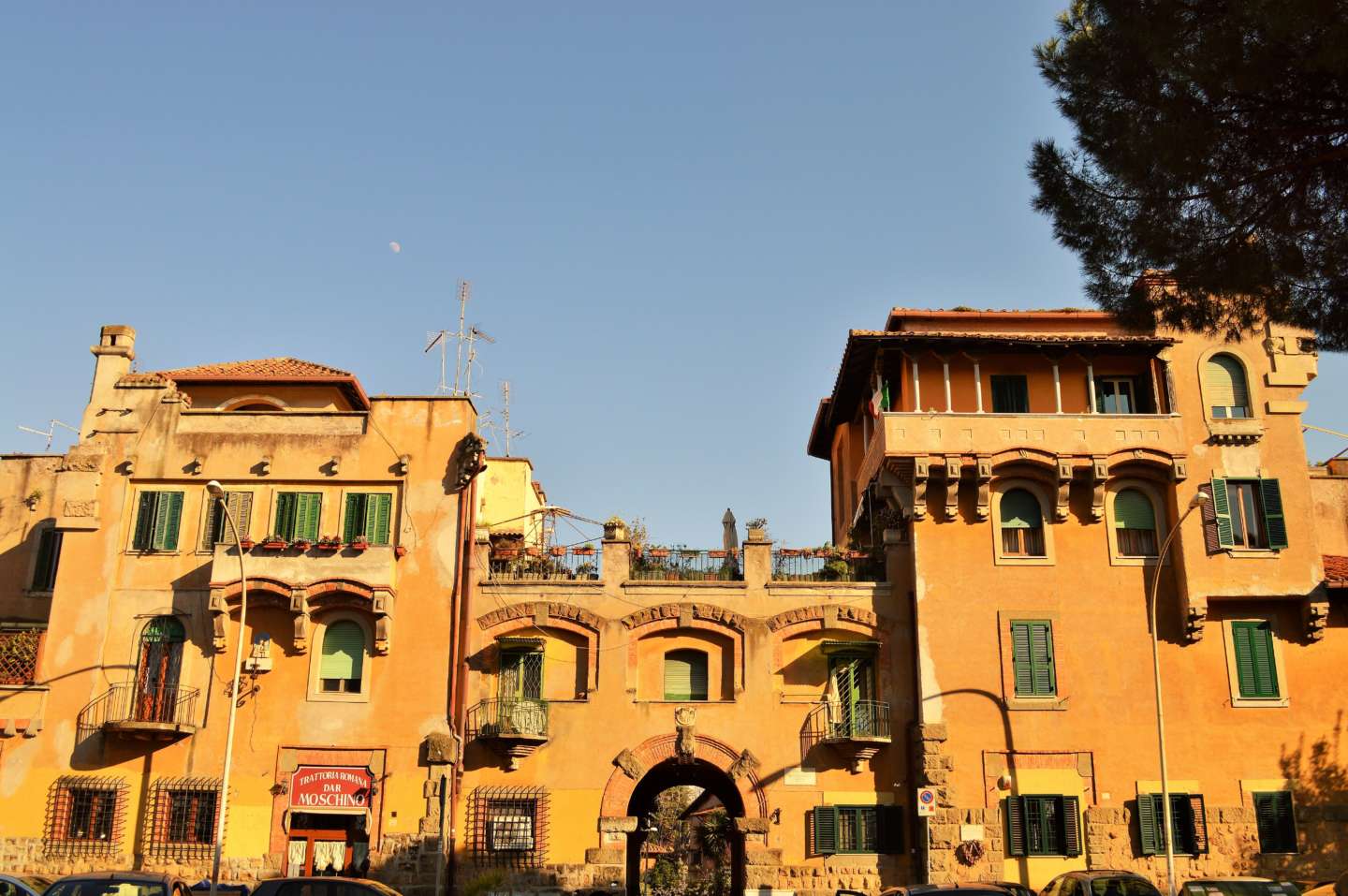
The neighborhood
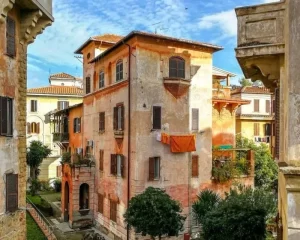
RILA hosts students and classrooms in one of the most characteristic neighborhood in Rome: la Garbatella.
Garbatella is a unique Roman neighborhood boasting beautiful architecture and an eclectic array of restaurants and bars. Located at a short distance from the historic center, the area was only developed in the 1920s. It was created to house the working class Romans who had been driven out of central Rome by the destruction of some neighborhoods, ordered by Mussolini. It was meant to showcase a new idea of the city, also wanted by Mussolini. This popular vocation is evident in the architecture of the houses, their communal courtyards, the small squares that make it look like a charming village more than a neighborhood of a big city.
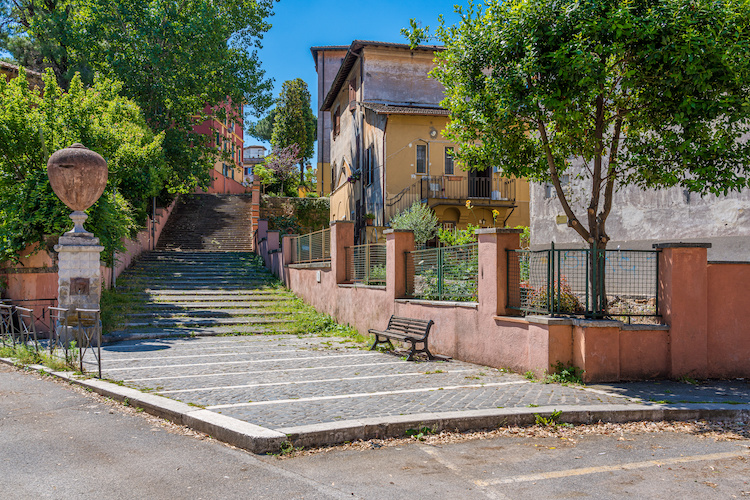
What makes Garbatella so visually interesting is that it was completed in the model of an ‘English Garden Suburb’ which consisted of low-rise houses in blocks (lotti), overlooking central courtyards and gardens. These lotti were designed by different architects over a period of about 20 years, which means that there are a huge variety of architectural styles and decorations in the area. You’ll find a mix of Medieval, Renaissance and Baroque styles existing harmoniously alongside one another.
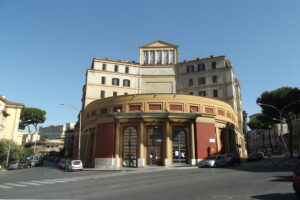
But from its humble origins, Garbatella has grown into one of Rome’s culture centers, with art, architecture, gastronomy, and performances waiting to be uncovered. The iconic Teatro Palladium is one of the neighborhood’s most treasured cultural landmarks. This Art Nouveau style theatre was designed by architect Innocenzo Sabbatini in 1927 to increase the public services to the inhabitants of Garbatella. Over the years it has been used for many different activities; parties, concerts, theatre, film festivals and exhibitions. It is now run by the Roma Tre University and hosts many events.
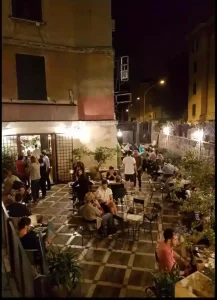
Today Garbatella is one of the trendiest neighborhoods, more on a human scale and more coveted: the redemption of an area that is still authentically popular and full of surprises. With several venues for music, film and performance art, the Garbatella district is an increasingly popular place for late night drinks and a simmering nightlife. The neighborhood offers a wide variety of options for your free time and for any budget: small “trattorie” (simple eateries where to taste local dishes), fancier restaurants, lively bars, late night pubs, popular discos, and more.
Housing
Starting in 2024, RILA students will reside in a student house/hotel in the Garbatella neighborhood.
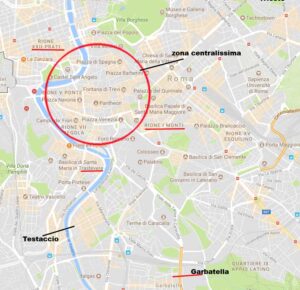
The neighborhood is not far from the city center, easy to reach by public transportation. RILA chose to host in a residential, rather than a touristy area, in order to allow students to fully benefit from their longer stay in Rome, living the city as Romans do, having at their disposal all sorts of shops, bars and restaurants, an open-air market for fresh produce and a quick bite, all at more reasonable prices than tourists find in the historic center.
Rooms are shared by three or four RILA students. All rooms are equipped with beds, an armoire and a desk. Linens and towels are also included. All rooms have air conditioning, wi-fi and a private bathroom. Cleaning and a change of linens and towels is provided on a weekly basis.
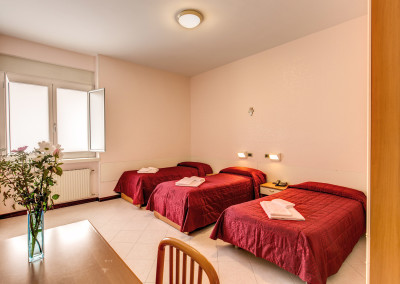
Breakfast and dinner are offered to RILA students in the large dining area in the building.
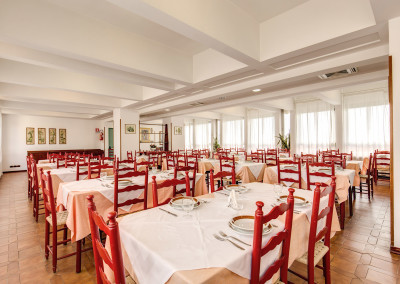
Classrooms are at walking distance from the students’ residence.
In addition to the location of the daily seminars, every year RILA holds special classes at the Vatican Museums, in classrooms made available to RILA students only. This exclusive opportunity allows students to enjoy a unique experience of the museums, which often includes a visit to sections of the museum that are closed to the public. RILA students also have the privilege of immediate entrance to the Vatican Museums, avoiding the long wait outside of the museum (the lines at the gate can be hours long).
